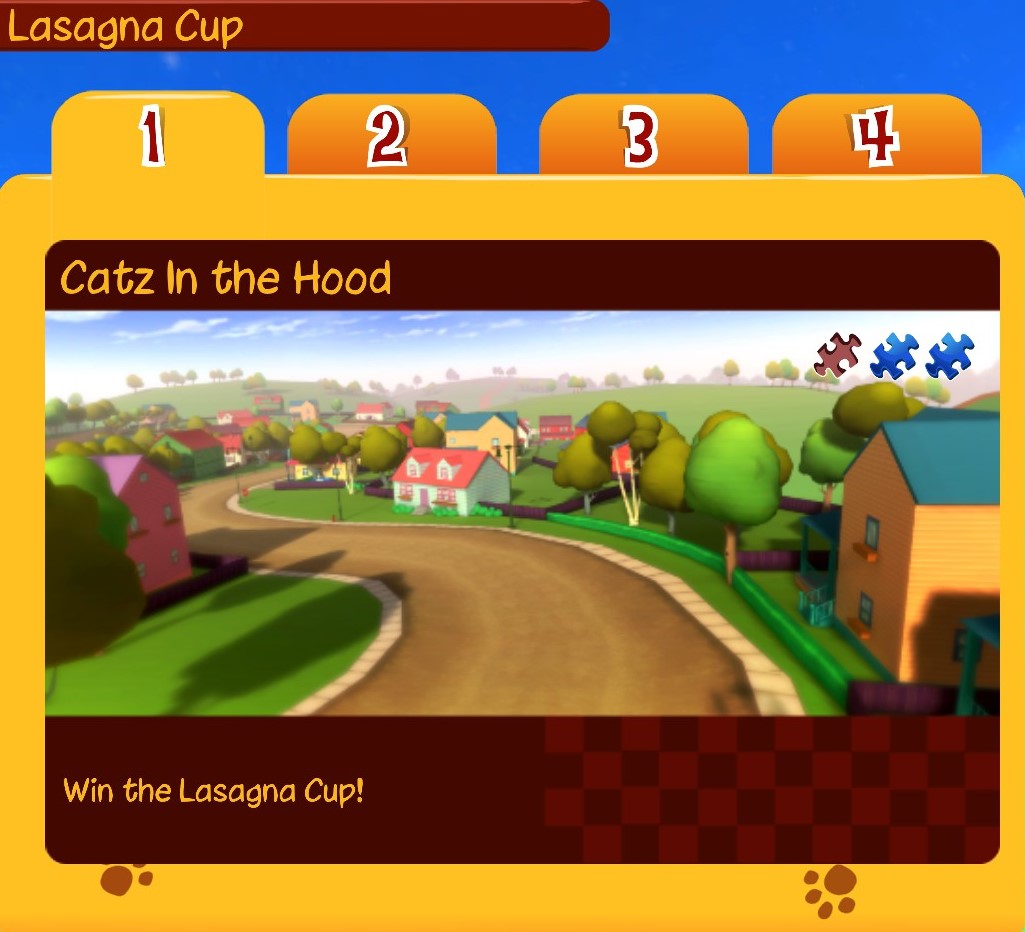

Unlike in the rear when we were trying to add flex and therefore decrease grip here we are doing the opposite. Again like the previous list these are listed in order of smallest to biggest effect.ġ. Adding grip in the front to an under steering kart will give the front tires a better chance of steering those 2 big rear tires. When working on the front you are still trying to free up the rear, but you do it in the opposite way you did in the rear. If you still can’t get the kart freed up, work on the front. What happens if you have made all of those changes and you still can’t seem to get the kart to turn? It is easier to add more grip to the kart than take it away. After some experience with a lot of grip, you might consider doing this one first. This is the most drastic change and one of the most difficult to do quickly at the track. You don’t want the cassette to spin and get caught in something.Ħ. Also you need to make sure you secure the cassette parts. The axle will flex more and the possibility of popping a chain becomes greater. Note: Be very careful when doing this one.

If your kart design does not have bolts that go through the cassette with nylon locknuts you can use zip ties to hold the cassette in place. Just loosen the nuts and bolts until the cassette can wiggle relative to the bearing hanger. When you do this you don’t need to remove the bolts completely. By loosening the 3rd bearing support you take the inside frame rail out of the equation and the chassis will flex more. The idea is to again allow the rear of the kart to flex more. Putting shorter hubs on will allow the axle to flex more.ĥ. The axle is part of the stiffness of the frame and the longer wheel hubs just add to the stiffness of the axle. The idea here is to allow the rear of the chassis to flex more. This change will reduce the amount of weight on the inside rear tire giving it a better chance of unloading.Ĥ. Widen the rear track out as much as possible. Again same as #1 we are trying to get more flex in the rear of the kart.ģ. Remove the rear torsion bar and side bar if installed. This will reduce the stiffness of the rear frame and allow the rear to flex more helping that inside rear tire to unload more.Ģ. Don’t remove it as that would be against the safety rules, but simply loosen the nuts holding it on so that you can wiggle it a bit. Loosen the rear horizontal bar at the rear bumper. You will need to choose what is best for your kart by doing some experimenting.ġ. That is, the first on the list is the smallest change and the last is the biggest change. These are the things I would try in order of severity. Since the problem originates at the rear I recommend to start there first. Of course like everything there are multiple ways to do that. So what do you do without it? You need to find ways to unload that inside rear tire.

The more grip you have the more the tendency is. It inherently has a tendency to understeer. If you don’t unload that inside rear tire the 2 rear tires that are linked together with the axle simply overpower the fronts and push the kart forward. In order to make a kart turn you need to unload the inside rear tire so the front tires can steer the kart. Most of all it stems from the solid rear axle which defines a racing kart. Dealing with it is not as simple at you might think, but I will try to give you some pointers to help free it up.įirst, this situation is somewhat inherent to the design of karts. On the regional and national level, it happens quite often and even at the club level, when there are a lot of karts on the track and the conditions are right, you can have more grip than you know what to do with. It shows up as understeer or push and it happens more often than you think. Have you ever been at the races on a really hot day with a lot of karts to race against? Ever try to deal with too much grip? Yes, that’s 5 Inch Go Kart Wheels US American Bolt PatternįREE IT UP When Too Much Grip Is A Problem.5 Inch Go Kart Wheels Metric Bolt Patterns.Kid Rookie and Junior Kart Racing Class.Sprint and Shifter Kart Quick Release and Steering Mount Fuel Tanks.Noise Filters and Pipes for 2 cycle engines.



 0 kommentar(er)
0 kommentar(er)
